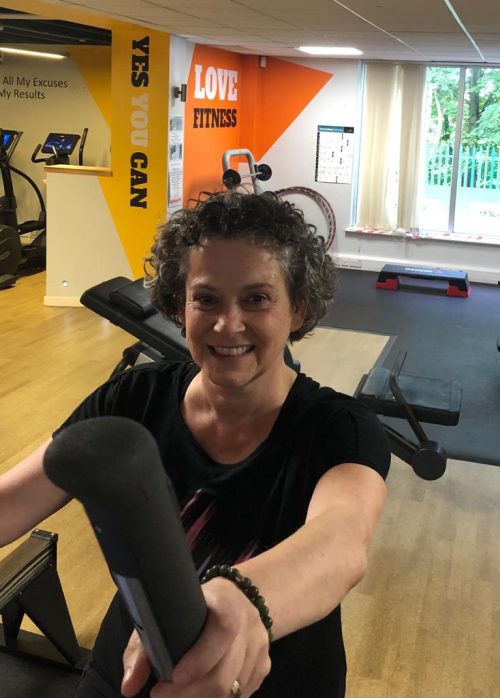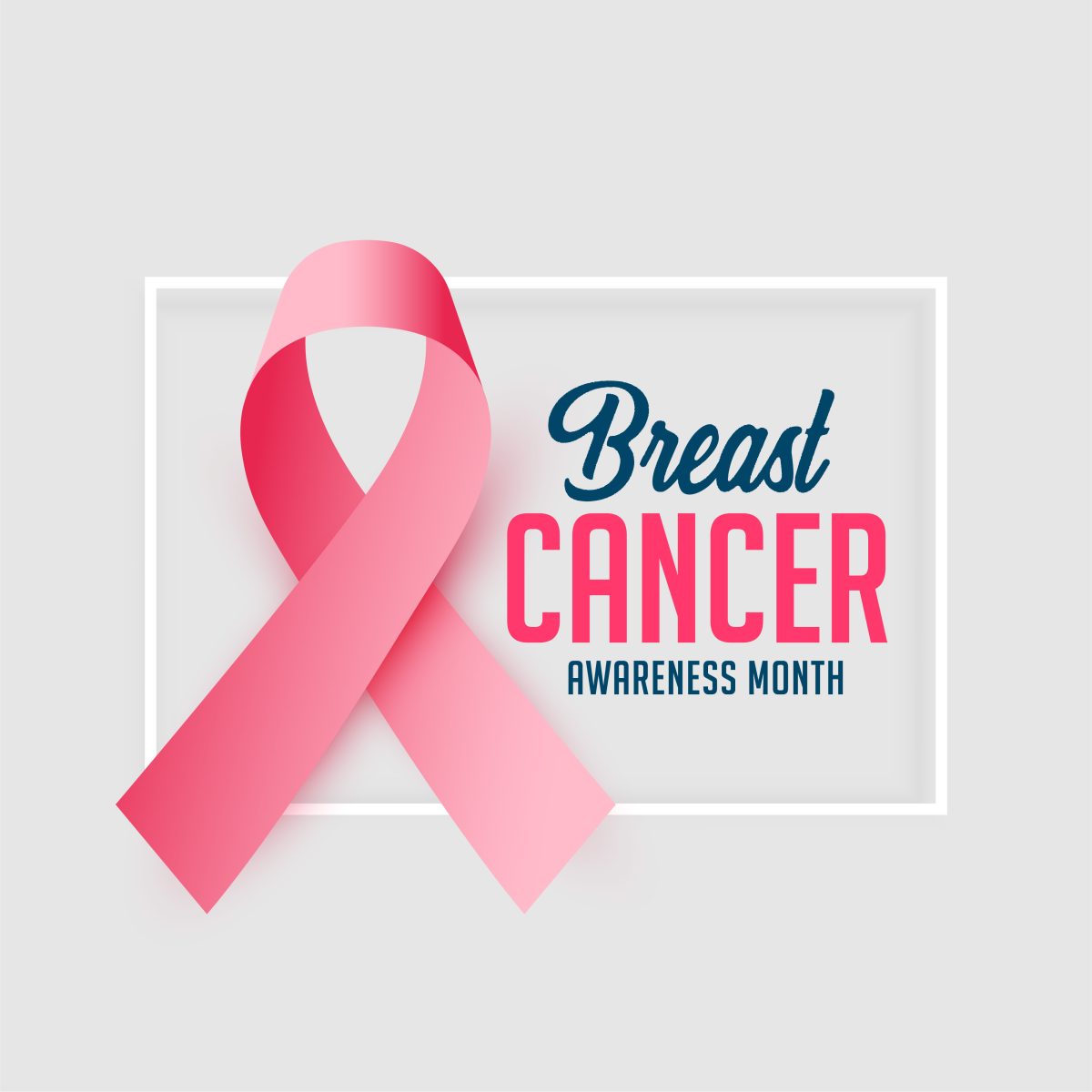While many of us are aware of the transformative powers of exercise for weight management, overall wellbeing and uplifting your mood, you may not be aware that there is also a connection between regular exercise and the reduced risk and recovery from breast cancer.
Many studies have shown that regular physical activity can support in the reduced risk of Breast Cancer across different age brackets. Its significance, however, is magnified for post-menopausal women, where studies have shown it can reduce the occurrence by as much as 20-30%.
For those diagnosed with breast cancer, physical activity can also provide benefit. Engaging in moderate exercise post-diagnosis is linked with a mortality reduction rate of approximately 24%. Even minimal engagements, such as an hour-long walk weekly, offer tangible benefits. Post-treatment, physical activity is not just a physical ally but also a mental one. A specific study underlines this, pointing out that heightened exercise levels correlate with decreased stress, fatigue, and memory impairment among breast cancer survivors.
The benefits of consistent physical activity, especially post-treatment, are numerous according to studies. These are:
- Combating Treatment Side Effects: Exercise can help mitigate various side effects of cancer treatment such as fatigue, weight gain, osteoporosis, and lymphoedema.
- Fortifying Long-term Health: An active lifestyle enhances overall health, reducing the potential risks of cardiovascular ailments.
- Uplifting Mental Health: Physical activity is an excellent antidote to anxiety, stress, and depression. It acts as a natural mood enhancer.
- Maintaining Muscle Tone and Fitness: Staying active can prevent the muscle tone and fitness degradation that could occur post-treatment.
Post breast cancer diagnosis, the recommended physical activity levels align with general guidelines. As per these national recommendations, adults should do at least 150 minutes of moderate aerobic activities (like brisk walking) or 75 minutes of intensive activities (such as running) weekly, combined with muscle-strengthening exercises on a minimum of two days weekly.
Even if achieving the recommended 150 minutes weekly seems daunting, any progress is positive progress. And if certain medical conditions limit your activity, engage to the best of your ability under medical advice. Your healthcare provider can guide you to activities that will support with your condition.
Post breast surgery, always seek guidance from your treatment team regarding the commencement and nature of exercises.
Kickstarting Your Active Journey
Begin with activities that resonate with you and progress gradually. If you enjoy walking, start with short, regular walks. As you adapt, extend the duration, frequency, or pace.
Utilising tools like pedometers or mobile apps can provide valuable insights into your progress and give you the motivation to continue as your chart your progress. Setting tangible goals, maintaining an activity log, and sharing your progress with friends and family all helps.
Putting Activity Into Your Daily Routines
Integrating exercise into daily routine can be easy. Here are a few tips to help:
- Opt for vigorous household tasks or gardening
- Consider parking further from destinations to incorporate walking
- Take the stairs instead of the lift
- Try a light session in the gym, all it takes is 30 minutes a few times per week
- In scenarios where sitting is avoidable, stand, like when chatting over the phone

Tracey’s Story
In October 2021, I went for my regular mammogram and was called back a week later for further investigation, then to be diagnosed with breast cancer. I had an operation to have the lump removed, followed by a course of chemotherapy and further treatment with radiotherapy.
I found the Chemotherapy was tough on my body both physically and psychologically. Losing my hair, eyebrows and eye lashes really changed how I looked and felt. From the treatment I also experienced additional side effects which included symptoms of menopause, tiredness and brain fog.
I was searching for a number of ways to support my recovery and just help with the management of what I was experiencing. Although I recognise that everyone if different, what really helped me was going for a walk at least once a day in my local woods, being out in the greenery, being surrounded by the natural sounds and being able to see the wildlife really lifted me and made me feel positive.
In addition to walking, each day I also practiced the shoulder exercises that my consultant had given, and I found that these really helped me helped get my range of movement back.
I have always been active, and loved exercising, so as soon as I could get back into the gym, I made it part of my routine again. As soon as my treatment finished, getting back to Bramcote Leisure Centre felt great. Just getting on a bike and then cross trainer, I felt I was getting back to normality, being in that social environment, chatting to other people and doing what I love was so valuable.
It has now been 2 years since my diagnosis and I am well on the road to recovery.




